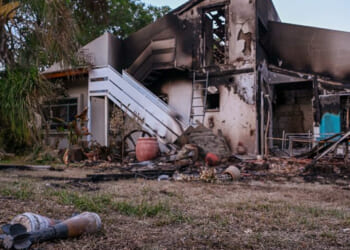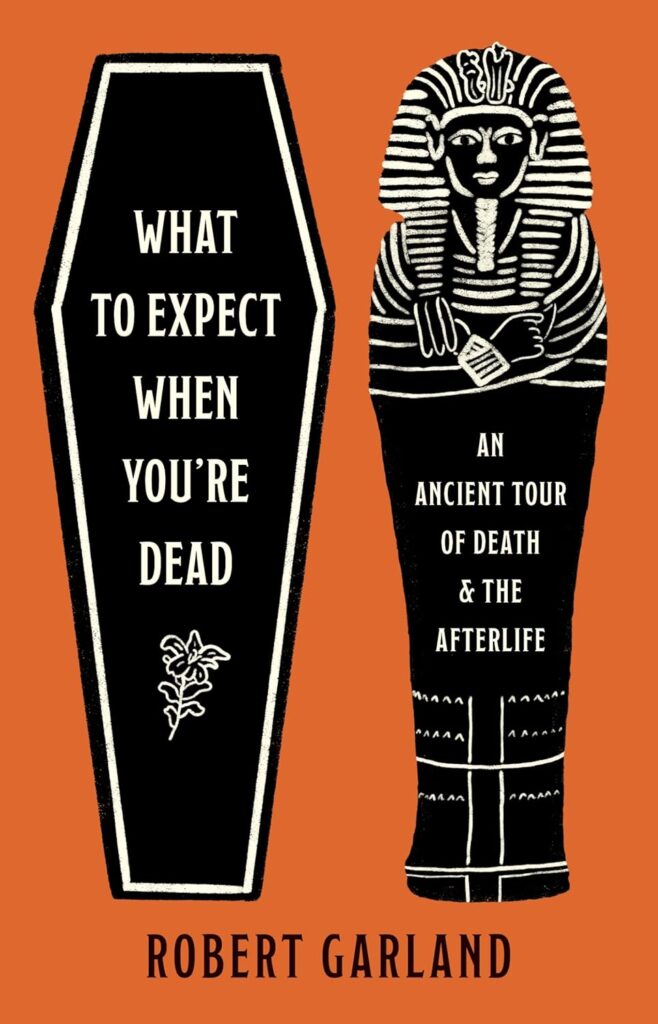
What to Expect When You’re Dead: An Ancient Tour of Death and the Afterlife, by Robert Garland (Princeton University Press): Some famous Roman last words: “You too, my son?” (Caesar, to Brutus); “What an artist is dying in me!” (Nero); “Go to the rising sun, for I am already setting” (Marcus Aurelius, asked on campaign for the nightly watchword); “Hell’s teeth, I rather think I’m turning into a god” (Vespasian). Recounted in Robert Garland’s new What to Expect When You’re Dead, these and other ancient valedictions remind us that a terminal bon mot has long been an obligation of the soon-to-be-dead. What the dying have themselves looked forward to is trickier to pin down, but Garland’s lively survey brings us as close as can be reasonably hoped, at least on this side of paradise. —RE
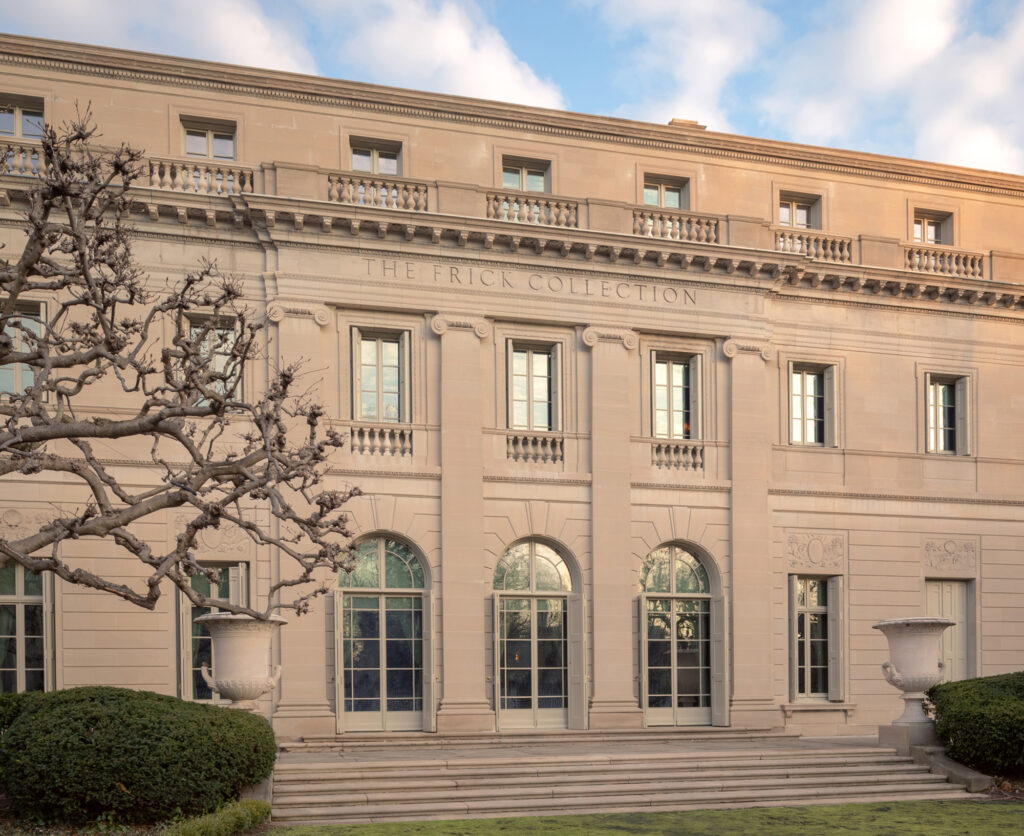
The Frick Collection (reopening April 17): For those of us who regard the Frick Collection as a second home, the address of 1 East Seventieth Street is ours once again, this time offering up even more domestic bliss. Reopening this week after a five-year, $220-million renovation, the collection has become more of a house museum with the restoration and, for the first time, public unveiling of its domestic second floor. With art and objects now arranged throughout these settings, all exquisitely lit, the historic institution feels newly intimate and sumptuous. Preservationists will rightly regret the demolition of John Russell Pope’s music room; I would have kept it over Russell Page’s 1970s garden, which incongruously cuts into the streetscape on Seventieth Street. Nevertheless, the otherwise deferential quality of the renovation is a testament to the leadership of Ian Wardropper, the Frick’s longtime director, who oversaw the project and retired this winter. Read more about the Gilded Age collector and his family, who founded the collection, in “The Fricks at home,” Wardropper’s feature for our March issue. —JP
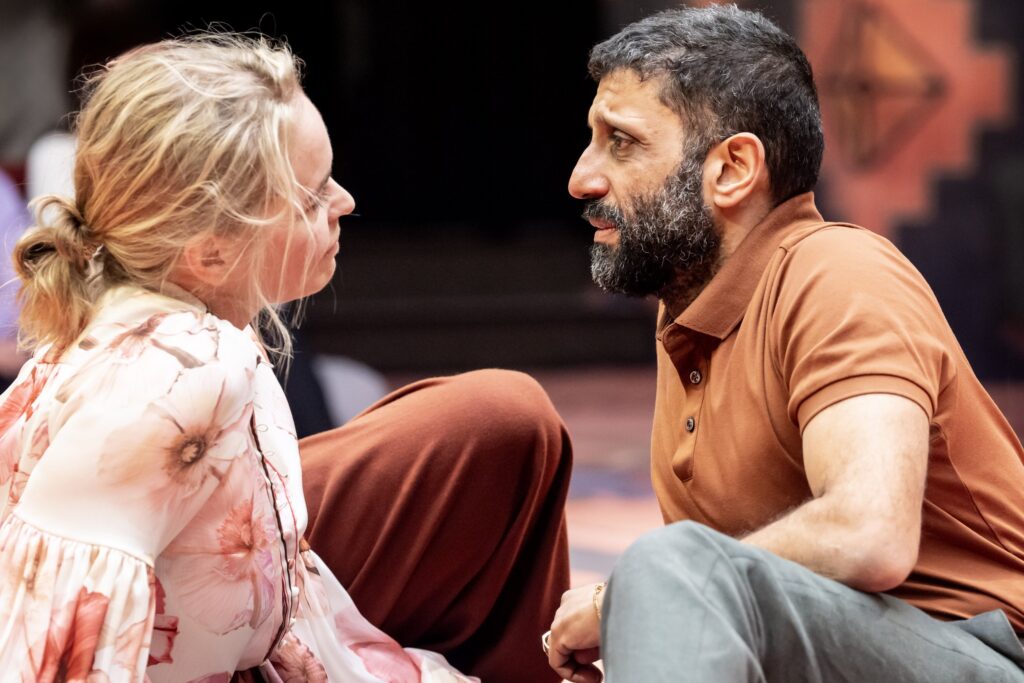
Anton Chekhov’s The Cherry Orchard, at St. Ann’s Warehouse (through April 27): When Chekhov’s The Cherry Orchard played in Tsarist Russia, working-class audiences cheered as the fateful axes fell on the beloved orchard of the noble Ranevsky family. For them, it was a harbinger of the world to come: out with the obsolete and decadent, in with the new man embodied by Lopakhin, the grandson of the Ranevskys’ serfs who returns with newfound wealth to buy up the estate. The play has long been a political lightning rod, though the good doctor Chekhov was always keen to diagnose rather than prescribe. A new staging (imported from London) at St. Ann’s Warehouse is top-shelf Chekhov, boasting a crack squad of mostly British troupers whose dialogue sparkles with electricity on a minimal set evoking the carpeted walls of a Soviet apartment. Adeel Akhtar (Lopakhin) and Nina Hoss (Ranevskaya) head up the cast, and particular notice is deserved by the veteran actor Karl Johnson, who gives a moving turn as Firs, the fusty old servant who is quite literally left behind by the speed of change. —IS
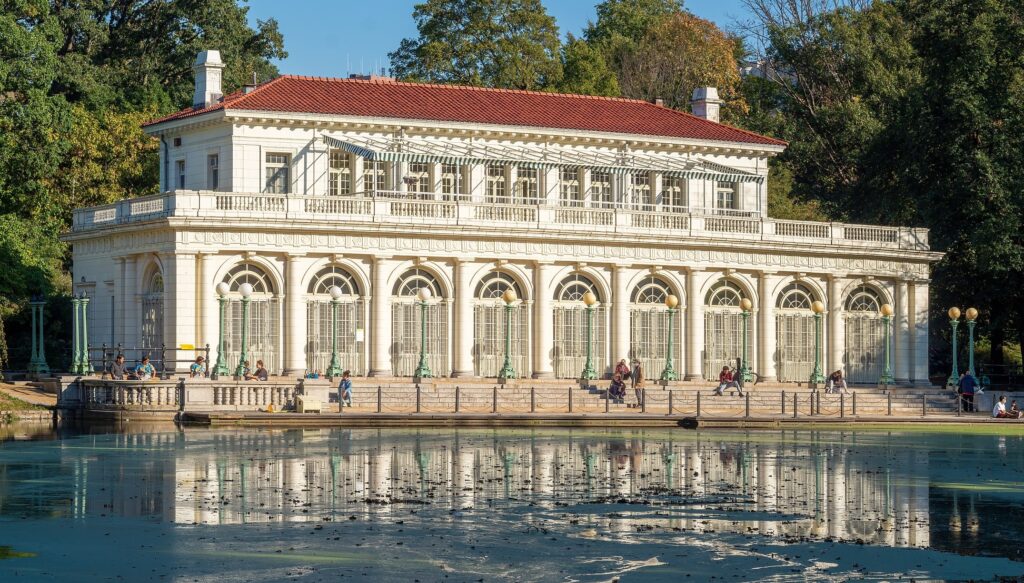
“The Civic Landscape: Exploring Prospect Park’s Hilly District,” with Martin Brandwein (April 27): Concrete jungle though New York may be, its green spaces remain among its most appealing. Prospect Park’s Hilly District is “a slice of Adirondack wilderness far removed from bustling Brooklyn,” conceived by the star duo of Olmsted and Vaux. On April 27 the architect Martin Brandwein will lead a tour of the park on behalf of the Institute of Classical Architecture & Art, beginning and ending at the Boathouse, a Beaux-Arts showpiece. —BR
Podcast:
“Music for a While #100: Old Hundredth.” Jay Nordlinger, music critic of The New Criterion, talks music—but, more important, plays music.
Dispatch:
“The many sides of Artemisia,” by David Platzer. On “Artemisia: Heroine of Art,” at the Musée Jacquemart-André.
By the Editors:
“‘Jack Whitten: The Messenger’ Review: A Creator’s Odyssey at MoMA”
James Panero, The Wall Street Journal
From the Archives:
“Unlike everyone else,” by Robert Richman (September 1986). On Less Than One, by Joseph Brodsky.













